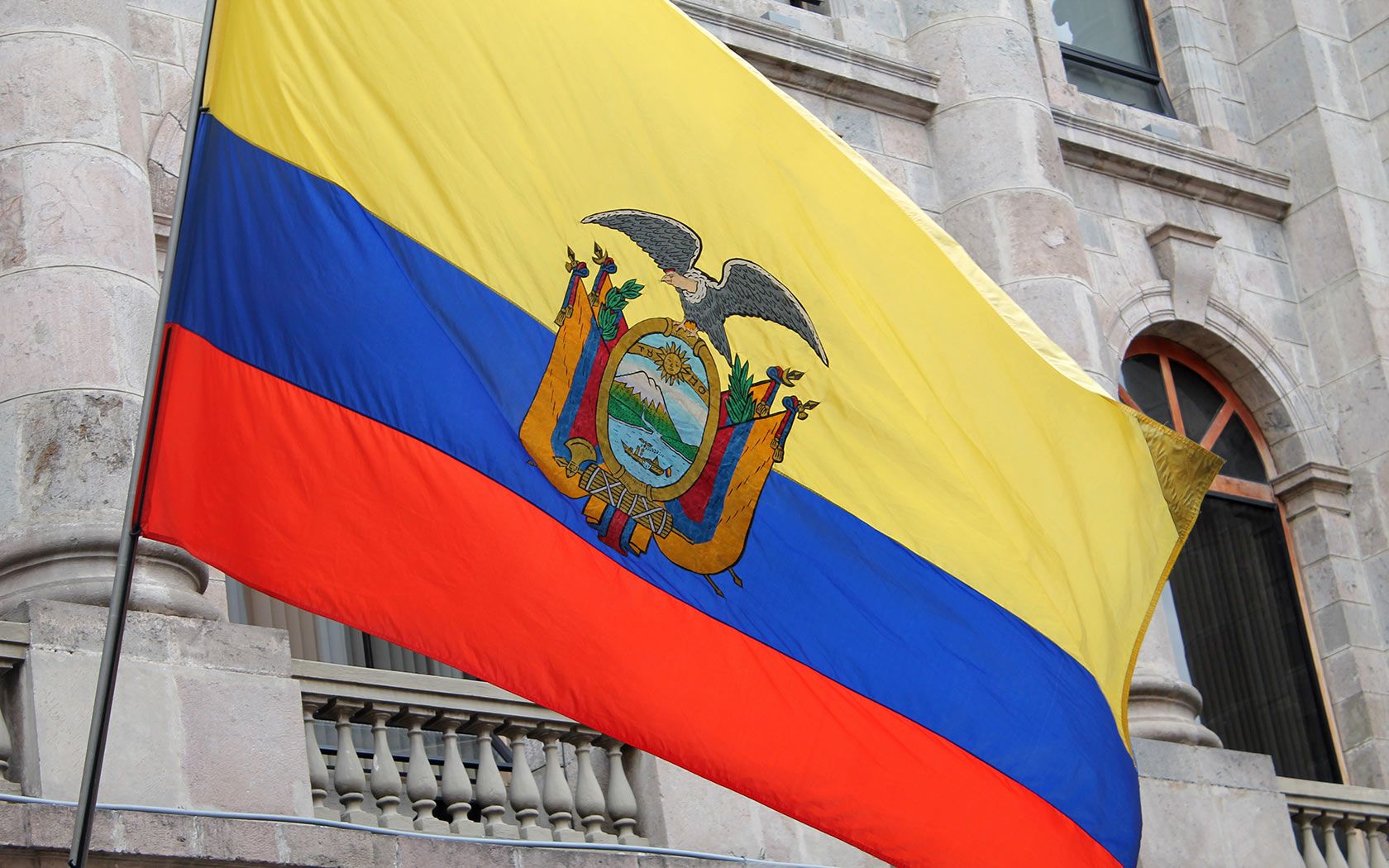Peruvians and their ceviche, Colombians with their aguardiente. With a mere 109,000 squared miles of territory and only 15 million inhabitants, Ecuador lies at the crossroads of several South American countries. And as a result, we often go unnoticed! Which is why — while us Ecuadorians eat ceviche as well and love our aguardiente — you’re probably wondering what sets us apart. Keep reading to find out!
Citizen #15 million plus 1
In 2008, Ecuador made headlines when it became the first country on earth to grant legally enforceable rights to the environment, with a new constitution — which among other things — prohibits the extraction of non-renewable resources from protected environmental areas. The 2008 Constitution is also one of the first in the world that provides for the right to food.
Incan heritage
With majestic Machu Picchu sat high in the Peruvian Andes, it’s easy to forget that Incan history spreads farther afield than modern-day Peru. Ecuador was an important part of the Incan empire, which absorbed many of the smaller kingdoms that existed in Ecuador at that time — not without a fight, mind you! The Incan empire in Ecuador established important cities and introduced the Quichua language.
Quichua, Kichwa, Quecha
History tells us that, after decades of exclusion and suppression, indigenous communities often end up culturally sidelined in modern societies. While, Ecuador’s Amerindian communities suffered at the hands of the Spanish, today the Quichua language (also known as Kichwa or Quechua in other parts of South America) is a thriving and important part of local language use. And with over 1 million native Quichua speakers in Ecuador, it comes as no surprise that words like chuchaqui for hangover or ñaño for friend or brother are also common terms in local Ecuadorian Spanish.
15 divided by 4
The lifestyle led by Ecuadorians is rich and varied due to our 4 very distinct landscapes. Let’s say you’re living somewhere in the Andes! Chances are you live in Quito or in the farming highlands, and that you’re more accustomed to colder temperatures. On the contrary, if you’re from the Pacific Coast you’ll be used to balmy, beach settings, where fishing is still a major source of sustenance. Farther west are the Galapagos Islands, similar but completely different — tourism and conservation rule here! Meanwhile, in the Amazon, it almost feels like another universe!
A rainbow nation
Ecuador is a land of amazing ethnic diversity and unity, a progressive place in so many ways. The country is home to a range of ethnic groups like Amerindian communities — including our Otavaeño friends in Otavalo and the Shuar in Amazon — mestizos (of mixed and indigenous ethnicity), mulatos (mixed and Afro-Ecuadorian), Jews, Muslims, Europeans and Asians. Read below to learn about one of the most fascinating arrivals to Ecuador!
Slave history
In such a diverse country as Ecuador you’re bound to discover thousands of tales of migration. In all of these, the Afro-Ecuadorian community has one of the most striking stories; it’s believed that some of the 5 to 10% of the country’s Afro-Ecuadorian population arrived to Ecuador after escaping from a shipwrecked slave boat en route to Peru from Panama City. This small enclave of Africans lived near Esmeralda, which would soon become a hub for other escapees.
Food
Aside from those drinks and dishes that Ecuador shares with its neighbors like aguardiente (sugarcane-based spirit), and ceviche — to name a few — the country boasts a jam-packed offering of flavorsome delights. Local dishes tend to include fish, beans, rice, plantains, and potato, as well as yuca (cassava) — many items of which are native to areas in and around Ecuador.
Originally published on Ailola by Jayson McNamara on November 11, 2013.
